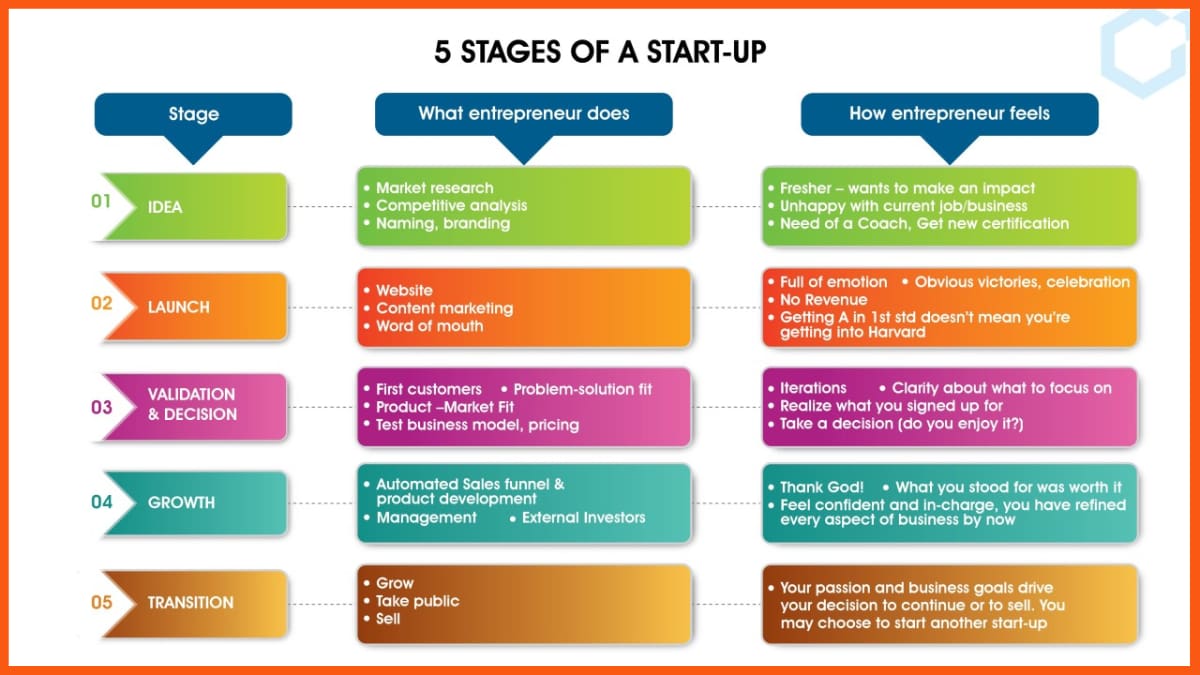It is through that proper understanding of market trends and the applications of modern trading platforms that new business setups can negotiate these uncertainties in the trading of commodities. The article is hence informative and goes to the basics of trend trading, looks deep into the benefits of trading commodities and spells out how startups can get the maximum leverage out of it to succeed.
Understanding Trend Trading
The Appeal of Trading Commodities
Leveraging Modern Trading Platforms
Incorporating Trend Trading into Business Strategies
Case Studies of Successful Trend Trading Startups
Future Prospects and Challenges
Understanding Trend Trading
It is the predominant system of analysis focused on which direction the market moves, with deals made by that trend. On the other hand, in contrast to a day trading strategy that uses tendencies in the price of an asset for a concise duration, the trend trading approach is long-term focused. It is an attempt to enter the market at the beginning of the trend and get out before the reversal to make the return as high as possible.
Trend trading is the general belief that prices persistently move in one direction over time. The essence is to enable one to identify trends as soon as possible, allowing the trader to ride on market movements. The concept calls for the understanding of market analysis in totality, which entails technicals, moving averages, RSI and trend lines.
The Appeal of Trading Commodities
Commodity trading holds many boons that favor ventures and startups. The prices of commodities consist of products that are just critical and necessary in use—gold, oil, and farm products—but these commodities also innately hold an intrinsic value in themselves. This makes them a safer form of investment, especially during economic uncertainty.
Besides, commodities trading provides for diversification with ease. An organization can cushion itself easily from the risks that come with the stock market volatility if several commodities are in its portfolio. The fact that commodities have a diversified nature means that a downturn in one sector will balance the other, cushioning it from falling to the levels of a financial foundation.
Leveraging Modern Trading Platforms
Advanced trading platforms have changed the very nature of trading commodities by entrepreneurs. Exness is one outstanding platform, oriented at all traders who desire a first-class result: nowhere better, with tools and conditions for the most meticulous investor you make well-calculated decisions about trading. Such platforms present one with real-time data, analytics tools and user-friendly interfaces that are very vital in winning in this art of trend trading.
This reduces the learning curve and associated significant operational costs for such platforms. In the present day, trading platforms have become easily accessible and as straightforward to utilize. Now, commodity trading has become democratic, even for small-scale entrepreneurs operating on global markets. One should always trade responsibly, utilizing the educational resources and help the platforms offer to enhance trading skills and strategies.
Incorporating Trend Trading into Business Strategies
Startups can incorporate trend trading into their broader business strategies to optimize growth and profitability. Here are some steps to consider:
- Market Research and Analysis: Conduct thorough research to understand the commodities market and identify trends. Utilize technical analysis tools and stay updated with market news and reports.
- Risk Management: Develop a robust risk management plan to protect investments. This includes setting stop-loss orders, diversifying the portfolio, and not over-leveraging positions.
- Continuous Learning: The financial markets are dynamic, requiring continuous learning and adaptation. Entrepreneurs should stay informed about new trading strategies, market developments and technological advancements.
- Integration with Core Business: Align trading activities with the core business objectives. For instance, if a startup operates in the agricultural sector, trading agricultural commodities can complement its business operations and hedge against market risks.
Case Studies of Successful Trend Trading Startups
And indeed, very few startups have been able to incorporate trend trading into their business models. As already described, this would have been a conventional tech startup that had acquired an algorithm for trade in artificial intelligence. Using machine learning and real-time data analysis, they accurately traced the market trends and effectuated the trade. The higher the level of creativity, the more room there is for success in the trading and investments and partnerships that push the business further.
Another would be an agribusiness startup that is stock-market-based and undertakes commodity trading as part of the business. This would help the prices of wheat and corn be stabilized, cushioning against price fluctuation and market volatility for better margins. This ensures financial stability in the business, hence delving deep into business terms on operations and market reach.
Future Prospects and Challenges
Although profitable, commodity trend trading is filled with challenges. This is so because commodity prices are subjected to high market volatility, regulatory adjustments and geopolitical incidents. Therefore, business startups should be able to grapple with all such uncertainties with nimble decision-making and strategic planning. Brightening up the future of trend trading is the enhanced access to markets facilitated by improved technologies.
Complementary to this is that, when enhanced with artificial intelligence, blockchain and big data analytics, the much-needed commodities trading revolution is about to happen; hence, opportunities for startups and entrepreneurs will not be far behind. It is this game-stepping-up with the technologies that keep one ahead in the market trends and is likely to create lasting success in the financial markets.
Conclusion
Commodity trend trading offers not only a good view but also a window for startups and entrepreneurs to get financial growth and stability. As such, it is easy for new businesses to achieve complete financial survival within the complications of the commodities market by knowing the trend and capitalizing using the modern trend trading platforms by embedding strategic trading activities within the company’s business models. Trend trading is open to technological advancement for more exciting prospects that present boundless opportunities to make a breakthrough toward success.






















